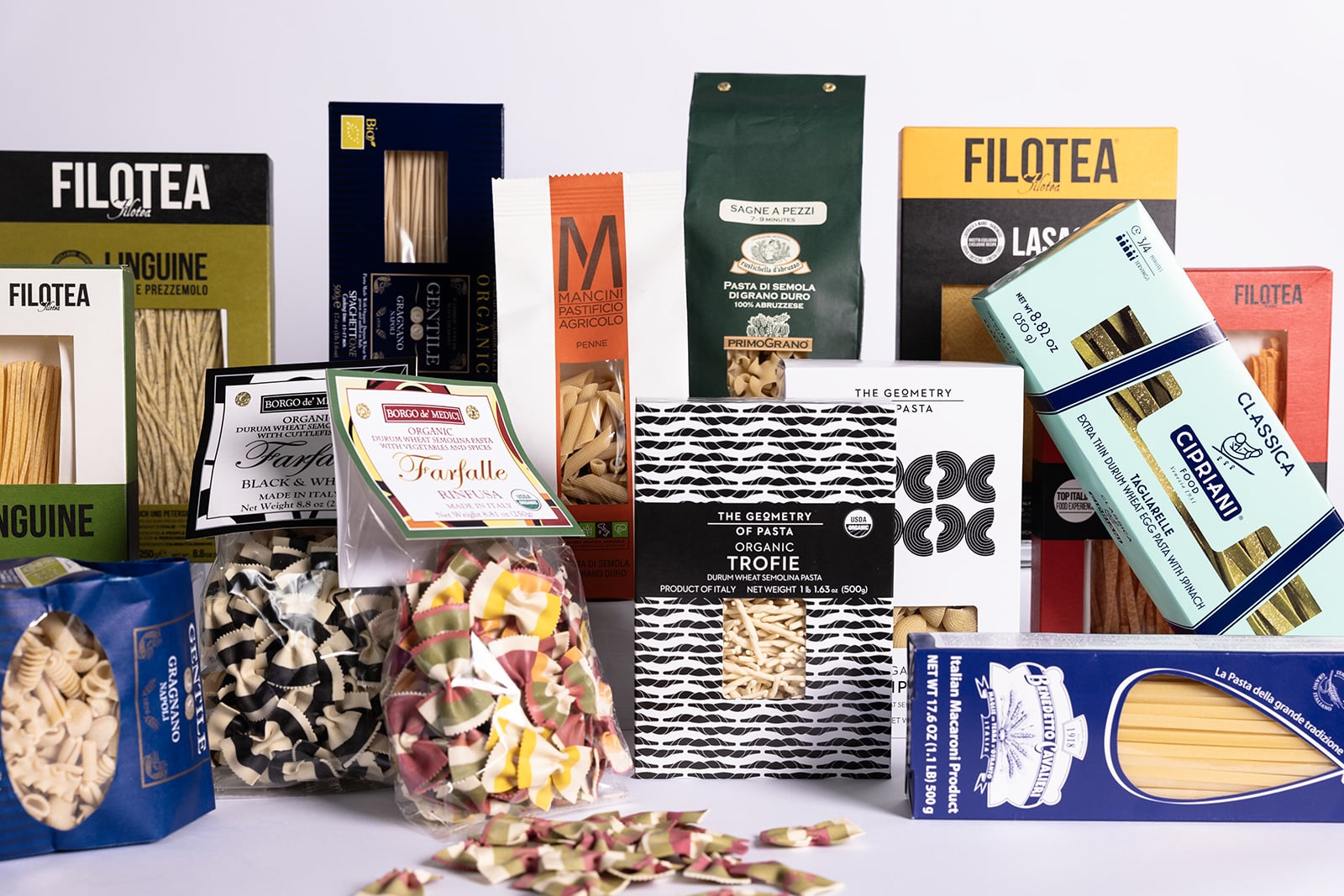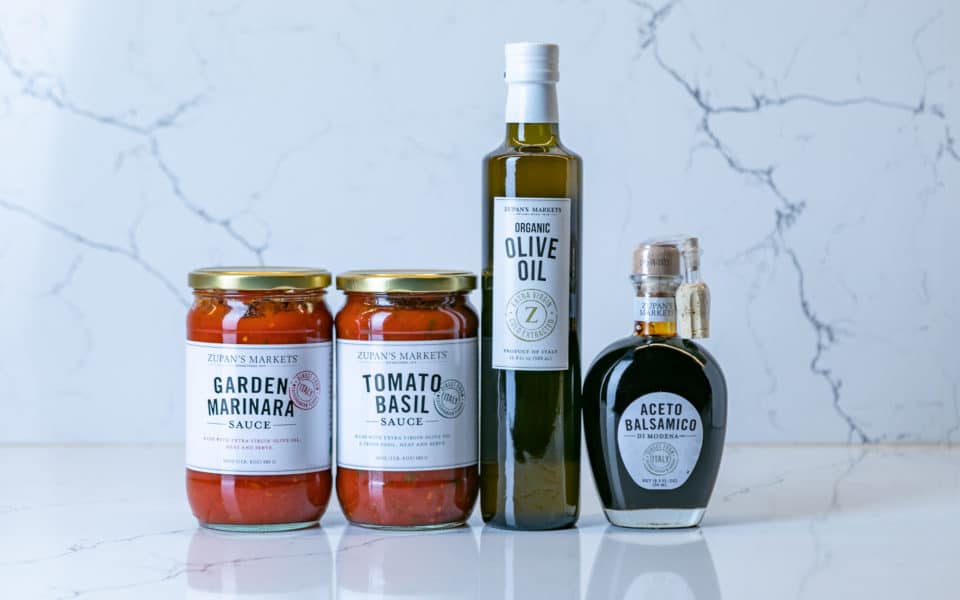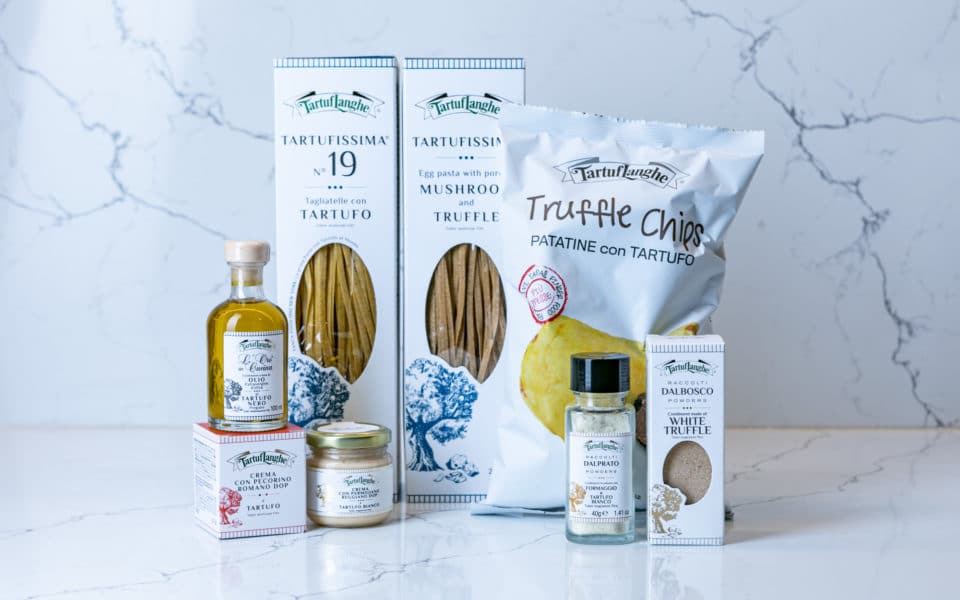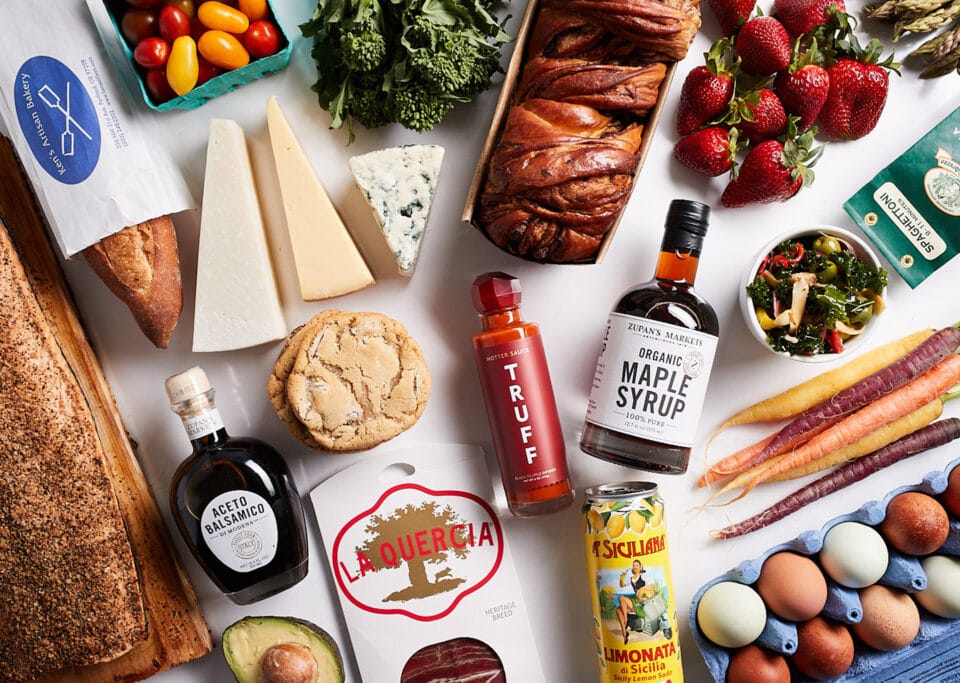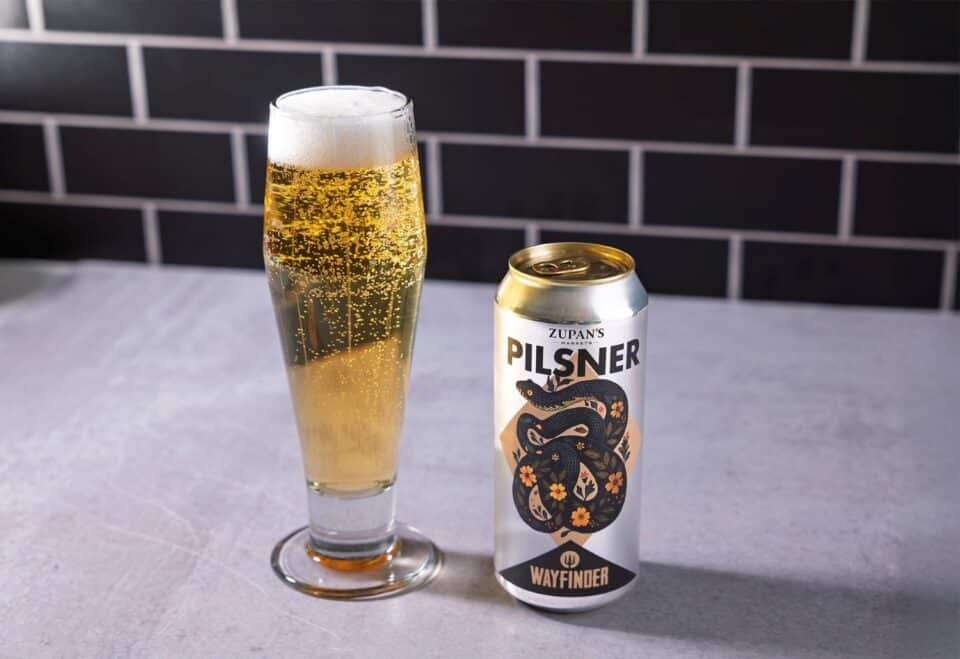A culinary journey through Italy most certainly must start with pasta. One of the integral parts of Italy’s food scene, the history of Italian pasta goes back hundreds if not thousands of years. Typically made from durum wheat flour (semolina) mixed with water or eggs, and formed into various shapes or sheets. Pasta can be enjoyed simply with a drizzle of extra virgin olive oil and a sprinkle of parmesan or paired with your favorite sauce.
Featured Products
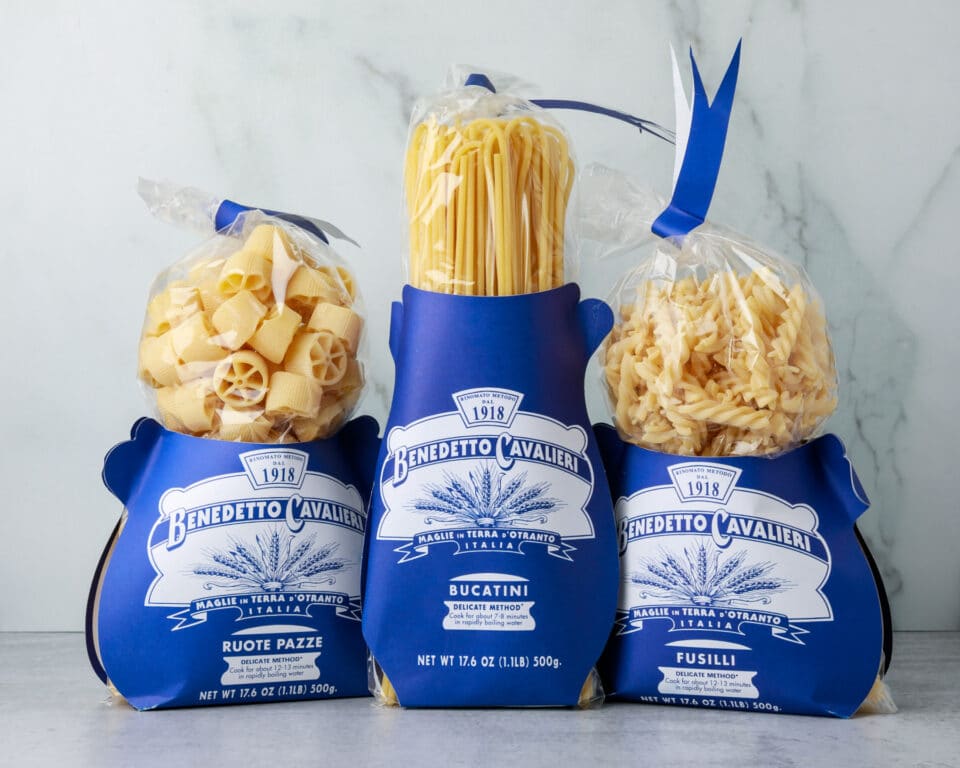
benedetto cavalieri
After the agricultural crisis of 1861 in Italy, the Cavalieri family shifted their focus from wheat-growing to now include wheat processing. What began as creating millstones for milling the best durum wheat turned into the Pasta Factory of Benedetto Cavalieri in 1918. With a history of sourcing and milling the best durum wheat, the family operation set its sights on creating pasta from the best durum wheat in southern Italy.
Benedetto Cavalieri pasta is made with durum wheat from the Apulia hills of southern Italy. Pasta dough is kneaded and molded by a special bronze alloy to achieve delicate shapes and dried at low temperatures for 40 hours. Each Benedetto Cavalieri pasta is rough in texture helping sauce cling to the noodles and giving it a richer taste.
Featuring:
Spaghettoni
Tagliatelle
Bucatini
Ruote Pazze
Fusilli

Zaccagni
Founded by Gianfranco Zaccagni and created in the Abruzzo region of Italy, a gem on the eastern coast of Italy, midway down the country’s “boot.” Look closely at their pasta packaging and you’ll notice that the transparent window is in the shape of the region. The area is known for its wines, most famously montepulciano d’Abruzzo, and has miles of coastline on the Adriatic Sea. Abruzzo also has the highest concentration of national parkland in Europe, including the stunning peaks of the Majella mountains, home to golden eagles and stunning wildflowers. Zaccagni’s facility is set amongst the foothills of the Majella range, in the medieval town of Miglianico.
Top-quality grain is combined with water that flows from the Majella mountain springs and dried slowly and gently at very low temperatures. Their artisan pasta makers are fond of saying that the dough “should be the same consistency as your ear lobe.” Pressed then through 100-year-old bronze dies, coveted among pasta aficionados. Bronze dies create a rough texture as the pasta passes through them, leaving an uneven surface that’s perfect for absorbing sauce.
Featuring:
Bucatini
Penne Rigate
Spaghetti
Mezzi Rigatoni
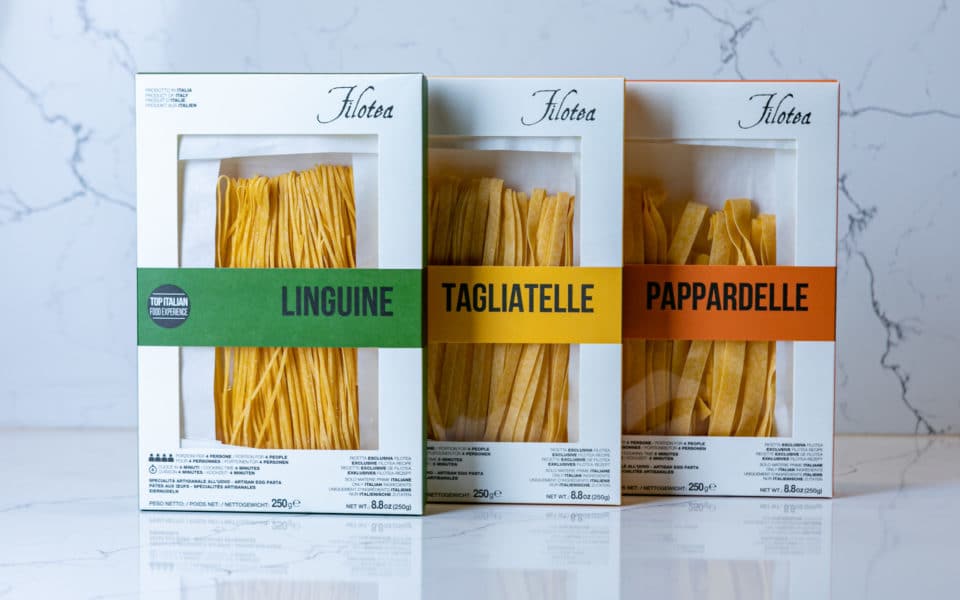
Filotea
This pasta line comes from Ancona, the Adriatic-jutting elbow of the Italian region Le Marche. Ancona is a superb city for food, and it’s the only Italian city where you can see the sunrise and set on the sea. Inspired by the thousand-year-old tradition of producing egg pasta and following the ancient local recipe, Filotea pasta is handcrafted with a mix of flour, durum wheat semolina, and fresh eggs from free-range Le Marche chickens.
Filotea pasta features a line of traditional straight-cut and nested varieties including Linguine, Tagliatelle, Pappardelle, Lasagna Vinigrassi, Chitarra.
Featuring:
Spaghetti
Linguine
Pappardelle
Tagliatelle
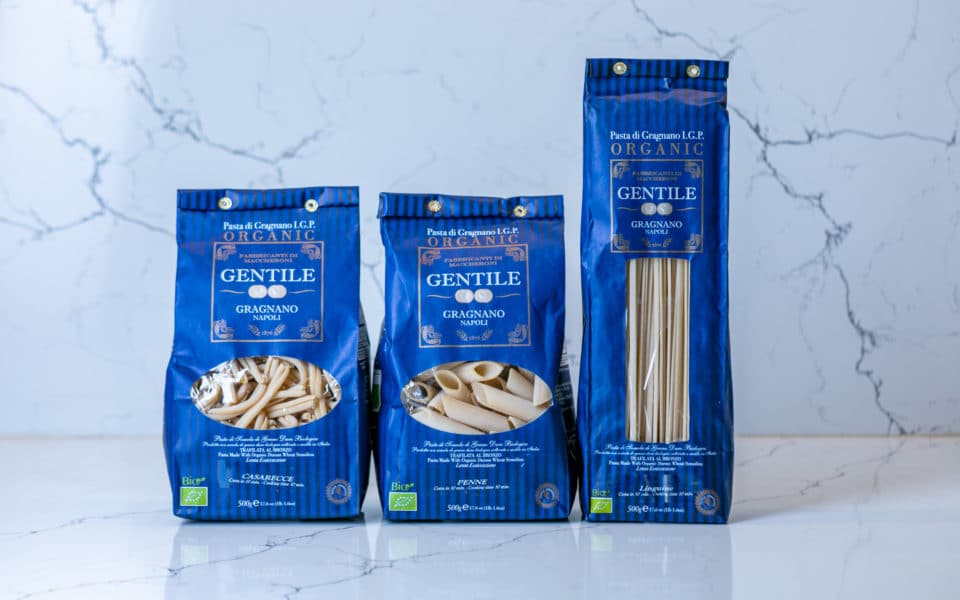
Gentile
Located in the city of Gragnano in Naples, Italy, Pastificio Gentile first opened its doors in 1876 and is one of the only remaining historic, artisanal pasta producers that helped to establish Gragnano as the city of pasta. Today, Gentile remains a small family-owned company. Their pastas are created with 100% native Italian semolina, bronze cut and slow dried over a period of two days. Their pastas are also marked with the IGP certification “Pasta di Gragnano,” ensuring that the pasta was produced in Gragnano and because of its unique characteristics could not be mimicked anywhere else in the world.
Featuring
Casarecce
Linguine
Papiri
Spaghetti
Vesuvio
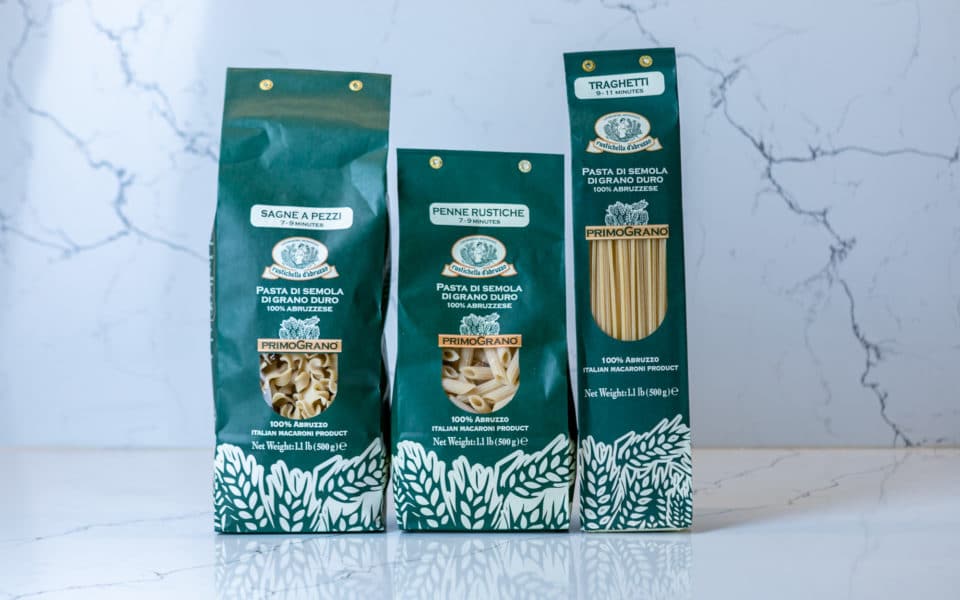
Rustichella D’Abruzzo PrimoGrano
Translated in Italian as “first grain” PrimoGrano pasta is made with 100% durum wheat from Abruzzo, Italy. Gianluigi Peduzzi, Rustichella d’Abruzzo’s owner, and master pasta maker wanted to bring back the taste and authenticity of pasta made with this distinct wheat, just as his grandfather had done at the turn of the last century.
Each November Gianluigi and a small group of farmers plant 148 acres of three heirloom wheat varieties. The wheat is harvested in early June and immediately taken to a mill where it is ground into semolina used to make traditional Abruzzo shaped pasta – both short and long.
Created in just a single batch once a year, PrimoGrano has a soft texture and unique flavor. This pasta is best drizzled with extra virgin olive oil or a light sauce, allowing you to taste its unique flavors.
Featuring:
Penne Lisce
Sagne A Pezze
Spaghettoni
Traghetti
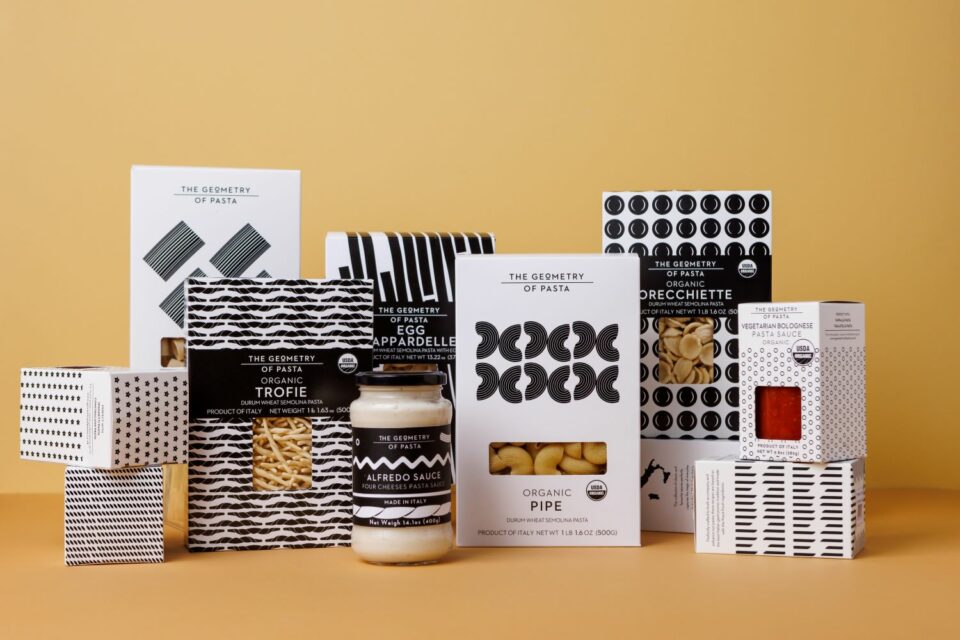
GEOMETRY
A collaboration between artisan pasta makers Borgo de Medici and graphic designer Caz Hildebrand, who is inspired by food as an art form. Geometry of Pasta is on a mission to pair each shape of pasta with its ideal sauce. This organic pasta line is beautifully packaged and features the individual shape of the pasta on each package.
Featuring
Orecchiette
Trofie
Pappardelle
Mezzemaniche
Pipe
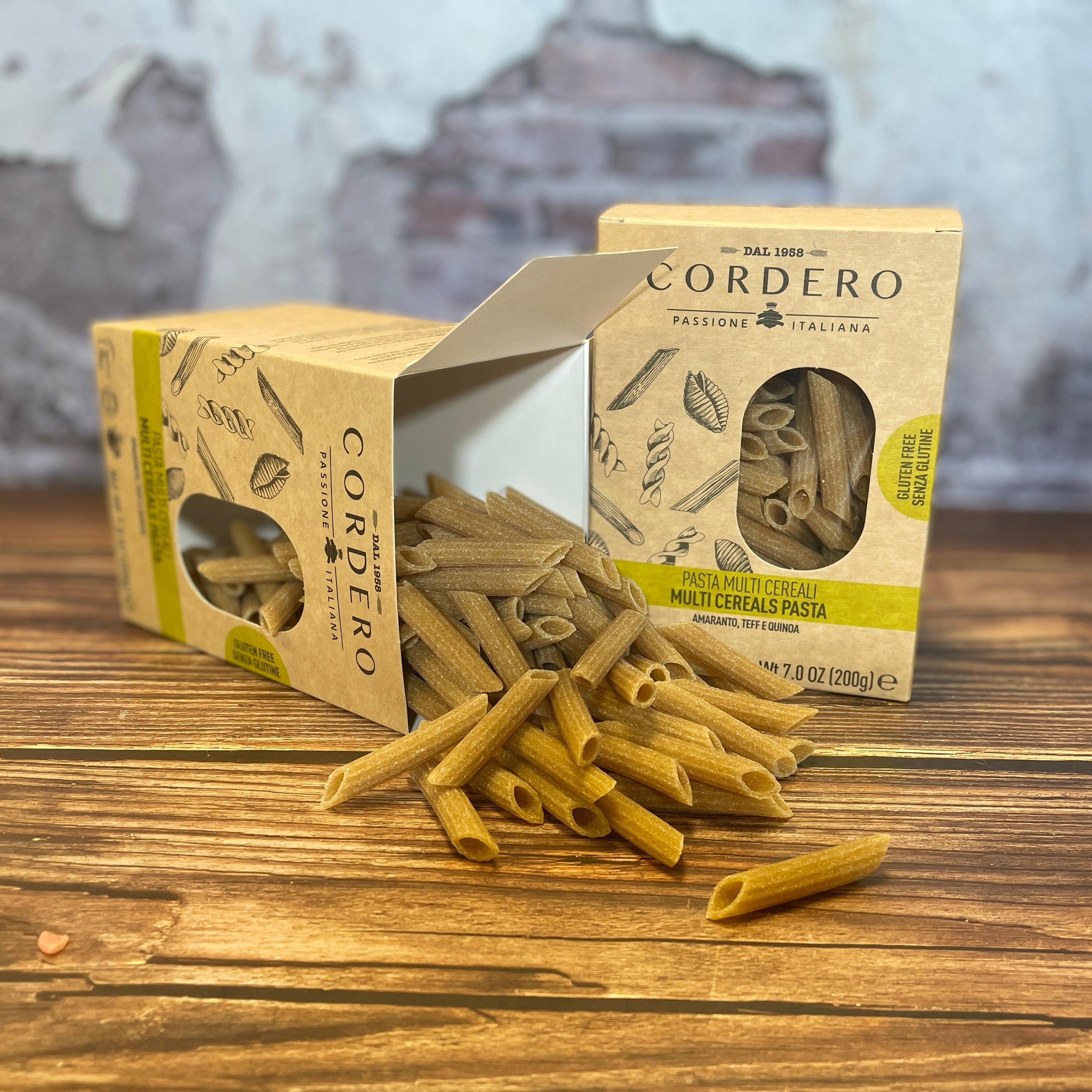
Cordero Gluten- Free Pasta
Created by the Cordero family, who has been milling grains in Italy since 1958. Each gluten-free pasta is crafted from a blend of lentil, chickpea, pea & bean flours.
Featuring
Penne
Fusilli
Maccheroni
Chef John’s Pasta Cooking Tips
- Pasta needs room to move around while cooking. It is always best to have more water than less in your pot.
- For each pound of pasta, we recommend 2 gallons of water and 3 tablespoons of salt.
- Boil your water, then add salt.
- Save a bit of the pasta water to add to your sauce before straining. The sauce absorbs the starch from the water making for a richer pasta.
- Strain your pasta then dump into your sauce. Never rinse pasta.
- Have your sauce ready before the pasta is done. Pasta should never wait.
- Undercook the pasta and let it finish cooking in the sauce.
- Undercook vegetables when adding to pasta and add some of the vegetable water when you combine the ingredients.
